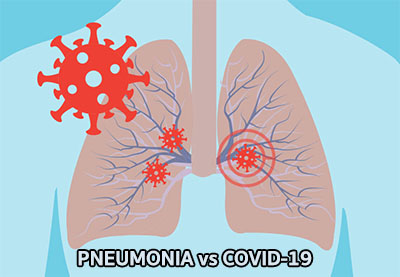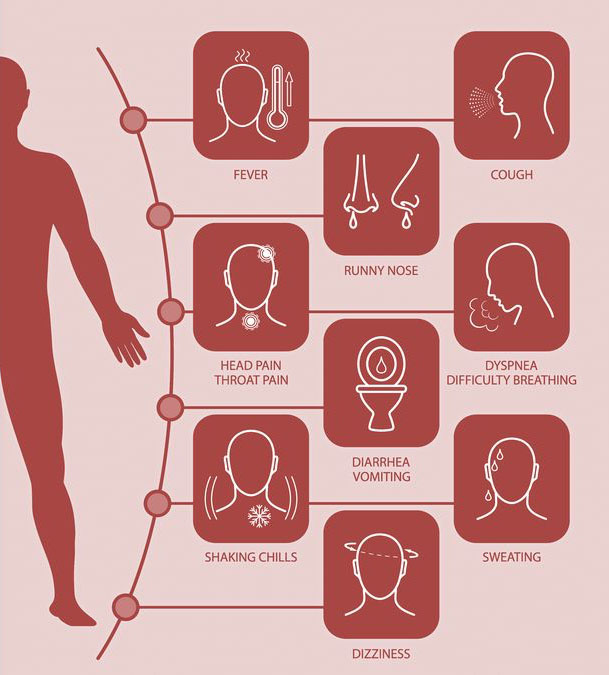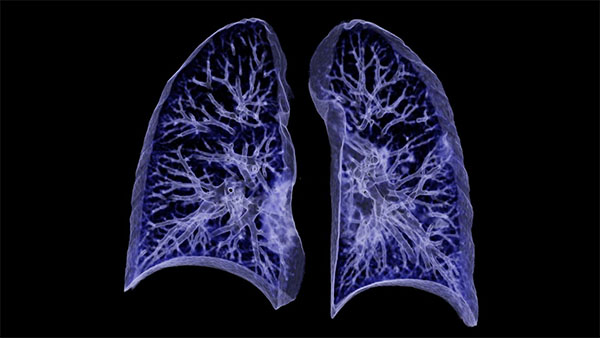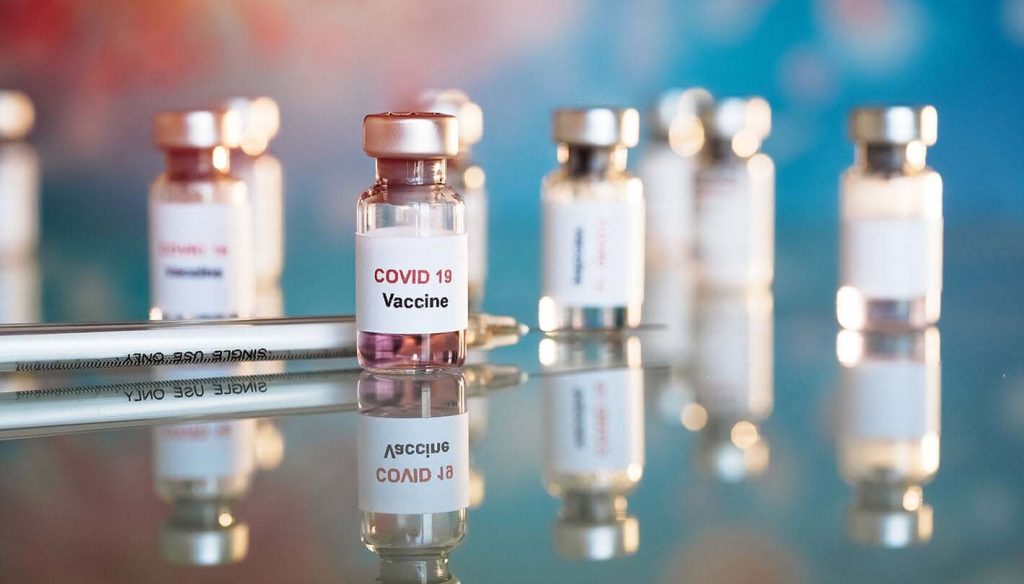COVID-19 has had many health consequences for countless people around the world. With very little information about the pandemic-related virus, many people were left rambling for ways to protect themselves and their loved ones. In fact, Statistica online reported, “45.1 million cases of COVID-19 in the United States.” The Center for Disease Control and Prevention (CDC) is still keeping stats on active cases of the virus. There is also a race to get the US at herd immunity to ensure a decrease in the number of people impacted by COVID. The goal for decreasing numbers concerning the pandemic is ensuring over half of the population is successfully vaccinated.
Contents
What Is COVID-19?
To understand COVID-19 symptoms, it’s important to define what the virus is. COVID-19 is caused by the Sars-Cov-2 virus. In fact, it’s defined as a disease that impacts individuals in different ways.
Asymptomatic person’s never bared the burden of actual symptoms but was accountable for carrying the virus responsible for the disease to other people. Although they wouldn’t contract the disease, they could pass it to others. The threat of passing the disease also caused for alarm. Asymptomatic and you carriers of COVID-19 were held to the same mandated safety regulations which included social distancing and wearing masks.
What Are The Symptoms of COVID-19?
The COVID-19 disease is responsible for causing serious illness and death for millions of people around the globe. Unfortunately, if you contract the disease, you risk giving it to others. There are many long-term and debilitating symptoms. Keep reading more details below to learn more about pneumonia associated with COVID-19 and how it differs from the disease. In order to successfully care for and get treated for the disease, it’s important to understand the symptoms and how it impacts you.
Other COVID-19 symptoms other than pneumonia include:
- Brain fog
- Fever
- Dry cough
- Fatigue
- Loss of smell/taste
- Difficulty breathing
- Shortness of breath
- Headache
- Chest pain/pressure
Symptoms of COVID-19 will impact each individual in different ways. One person may experienced a few symptoms and will recover at home, but others will require hospitalization from symptoms like COVID pneumonia. A doctor can test the patient for the disease and recommend the best treatment options including possible hospitalization. There is a basic nasal swab used to test for COVID-19, but you can also take a blood test for the presence of antibodies associated with the disease.
What Is COVID Pneumonia?
COVID-related pneumonia is a result of the actual infection. US Health News noted, “it can also be the result of a secondary infection.” However, pneumonia unrelated to COVID is a common ailment that impacts thousands of people each year. According to the CDC, pneumonia is responsible for over 200,000 hospitalizations and kills an estimated 50,000 each year.
As related to COVID, pneumonia is a fast-moving lung infection that’s oftentimes, fatal. The threat of COVID creates a greater concern for a common ailment.
Take a look at the short video clip below to see how COVID pneumonia impacts the lungs:
What makes COVID pneumonia deadly? Pneumonia poses a potentially deadly combination that increases your chance of complications when combined with the novel coronavirus. Pneumonia causes inflammation of the airway cells which complicates breathing. More importantly, the organism that causes the coronavirus can also contribute to many patient’s acquiring pneumonia.
Circulating viruses can trigger lung infections which is what the coronavirus has done to many patients diagnosed with a correlation of pneumonia also. This is commonly referred to as COVID pneumonia.
Pneumonia vs COVID-19
The coronavirus is known as being virulent including the recent reports of the Delta variant which leads to the onset of pneumonia. Complications from the coronavirus and acquiring pneumonia pose substantial or fatal risks. If anything, one can come to the conclusion that contracting the coronavirus can significantly increase the chances of getting pneumonia.
Your immune system places a major role in COVID versus pneumonia. The inflammatory response of COVID can leave the body vulnerable to pneumonia. Fluid builds up on the lungs damaging the airway and air sacs from the coronavirus which greatly increases the chances of getting pneumonia and it becoming potentially life-threatening. Because both COVID and pneumonia attack the lungs, patients are left with severe damage to their lungs as well as other symptoms.
The body hasn’t had an encounter with COVID that could help the body fight it by duplicating previous interactions and its antibodies.
How Will I Know If It’s Pneumonia or COVID?
It’s not a matter of knowing you have a combination of COVID-19 and pneumonia, but rather how you can stop yourself from getting either one. Knowing that if you catch one, you can acquire the other.
Having a previous underlying condition can exacerbate the extent of your illness. If you experience unexpected shortness of breath, fever, or chest pressure, you should consult with your doctor right away. A doctor can run a series of test that can catch either condition early for the best chances of successfully treating your condition.
What Are My Treatment Options?
COVID-19 is aggressive and contagious. Your best defense is working closely with your doctor before the symptoms require hospitalization. However, but because the virus is fast-acting throughout the body, it’s best to get medical treatment early on to avoid damage to your lungs. Thus far, our best weapon against coronavirus pneumonia has been the FDA-approved Pfizer or Moderna vaccine.
Conclusion
As COVID-19 has impacted many lives, pneumonia has also had devastating consequences. The variant has impacted individual’s of all ages. With the combination of the two, individuals with pre-existing conditions along with the elderly are at the greatest risk of contracting a life-threatening illness. Talk to your doctor right away if you think you’ve come in contact with the coronavirus or pneumonia.
Remember, these two work aggressively together which leaves a small window of opportunity to catch the combination of COVID and pneumonia early on.








